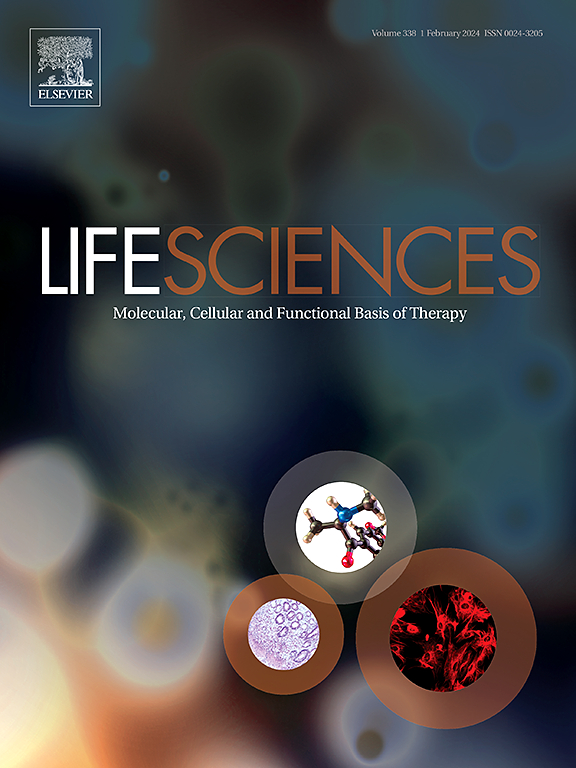Identification and regulation of a novel leptin receptor-linked enhancer during zebrafish ventricle regeneration
IF 5.2
2区 医学
Q1 MEDICINE, RESEARCH & EXPERIMENTAL
引用次数: 0
Abstract
Aims
Vertebrates vary greatly in their abilities to regenerate injured hearts. Zebrafish possess a remarkable capacity for cardiac regeneration, making them an excellent model for regeneration research. Recent studies have reported the activation and underlying regulatory mechanisms of leptin b (lepb) and the leptin b-linked enhancer (LEN) in injured hearts. However, the regenerative response activity of the leptin receptor (lepr) and its regulatory mechanisms still warrant further exploration.
Materials and methods
We identified a novel lepr-linked enhancer (leprEnh) and generated a stable transgenic zebrafish line for validation. We also employed a genetic ventricle ablation system to elucidate the mechanisms governing its activation. Immunofluorescence, in situ hybridization and confocal imaging of larvae treated with various inhibitors during ventricle regeneration were performed.
Key findings
Our results revealed that both lepr expression and leprEnh-directed EGFP fluorescence were weakly expressed in the ventricle during early heart development but displayed a sharp increase after ventricle ablation. Strong injury response activity was also observed in the atrium. Furthermore, the regeneration-responsive activity was attenuated by hemodynamic force alteration and was modulated by Notch, ErbB2 and BMP signaling pathways.
Significance
Our study sheds light on the regulation of lepr and leprEnh during heart regeneration and provide a basis for screening for novel therapeutic targets for myocardial infarction.
求助全文
约1分钟内获得全文
求助全文
来源期刊

Life sciences
医学-药学
CiteScore
12.20
自引率
1.60%
发文量
841
审稿时长
6 months
期刊介绍:
Life Sciences is an international journal publishing articles that emphasize the molecular, cellular, and functional basis of therapy. The journal emphasizes the understanding of mechanism that is relevant to all aspects of human disease and translation to patients. All articles are rigorously reviewed.
The Journal favors publication of full-length papers where modern scientific technologies are used to explain molecular, cellular and physiological mechanisms. Articles that merely report observations are rarely accepted. Recommendations from the Declaration of Helsinki or NIH guidelines for care and use of laboratory animals must be adhered to. Articles should be written at a level accessible to readers who are non-specialists in the topic of the article themselves, but who are interested in the research. The Journal welcomes reviews on topics of wide interest to investigators in the life sciences. We particularly encourage submission of brief, focused reviews containing high-quality artwork and require the use of mechanistic summary diagrams.
 求助内容:
求助内容: 应助结果提醒方式:
应助结果提醒方式:


